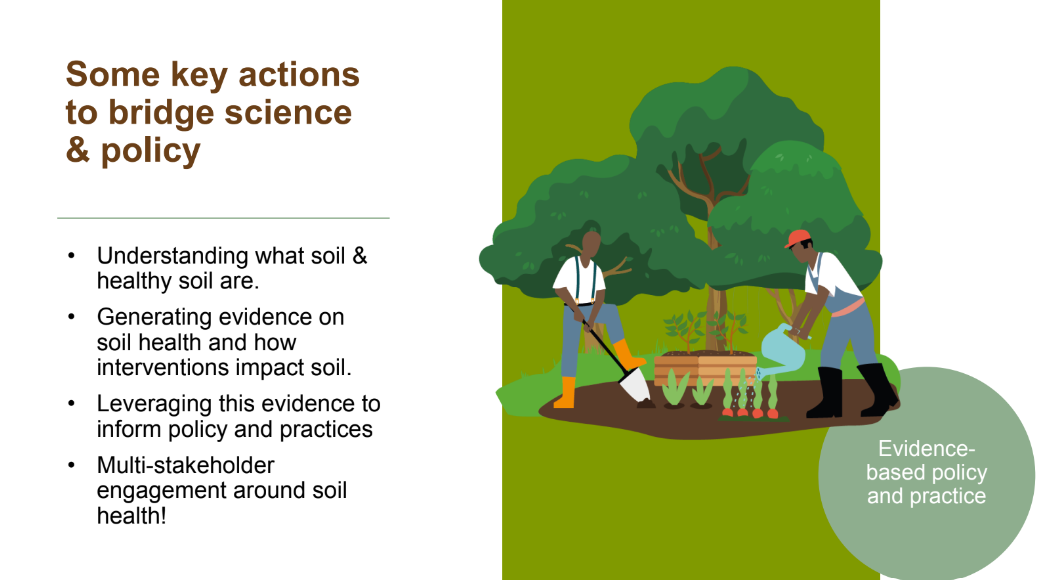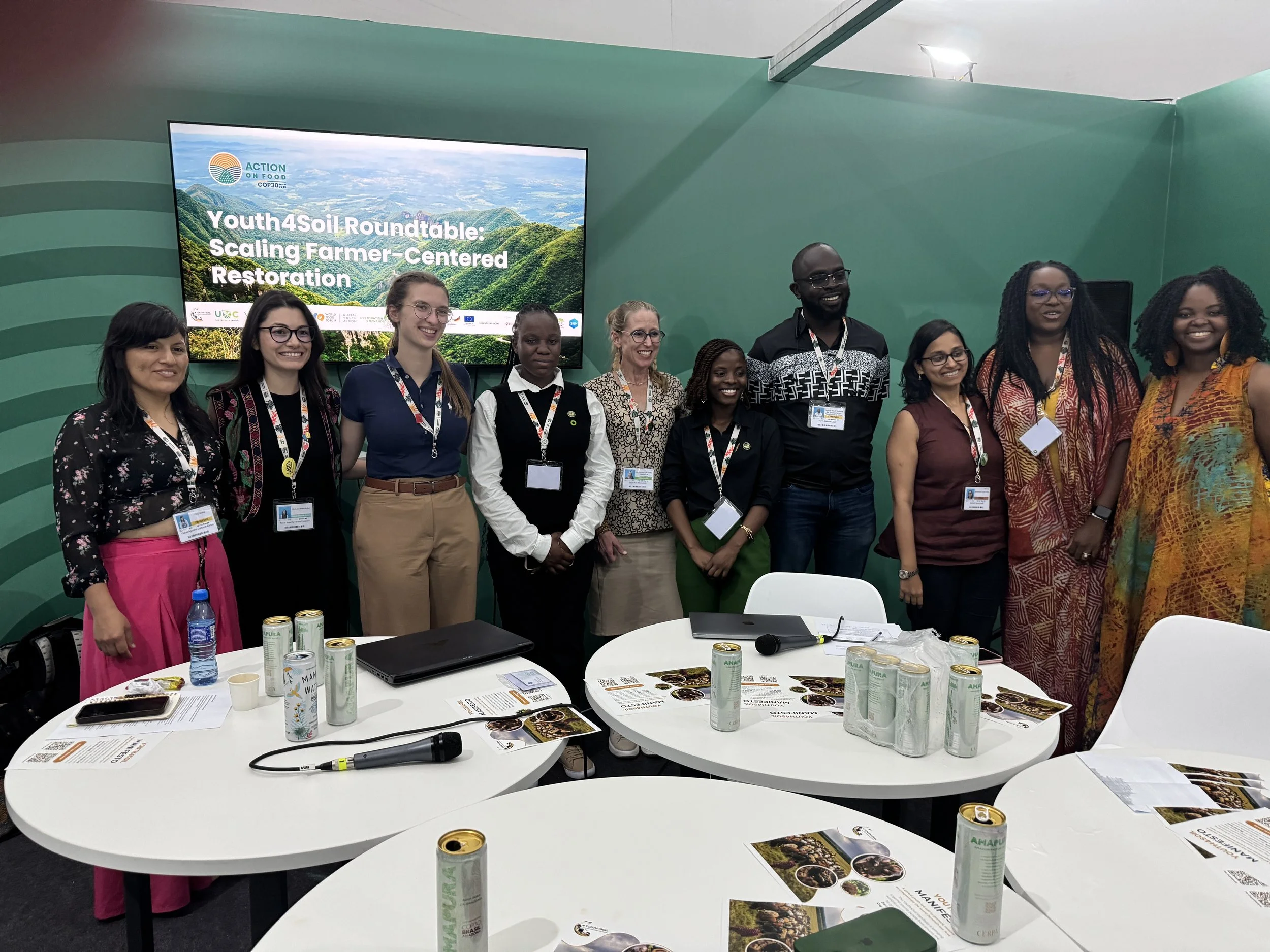Positioning Soil Health on the Agenda: Bridging Science, Policy and Advocacy
27 May 2025: The Coalition of Action 4 Soil Health (CA4SH) and the Vision for Adapted Crops and Soils (VACS) co-hosted a webinar exploring the role of multi-stakeholder action in addressing financing, implementation, and knowledge barriers to scaling soil health solutions. The session brought together members from the VACS Community of Practice with soil health advocates across sectors and scales to explore the critical role of healthy soil for ecosystem restoration, climate adaptation and mitigation, biodiversity, and food and nutrition security, as well as advancements in monitoring soil health using field assessments, data analytics, Earth Observation, and citizen science.
VACS & CA4SH
The session was opened by Xiomara Chavez (VACS Support Cell) who shared that the movement “seeks to build a resilient food system grounded in diverse, nutritious, and climate adapted crops grown in healthy, fertile soils.” The movement, launched by FAO and CGIAR/International Maize and Wheat Improvement Center (CIMMYT) in July 2024, underscores the role of healthy soil ecosystems in upholding food and nutrition security and provides a dedicated space for sharing solutions and approaches that promote VACS objectives. Keynote speaker Daniela Vega (CGIAR/CIMMYT VACS Partnership Executive Secretary a.i.) added that the partnership has quickly grown since its inception to include over 1500 multistakeholder members who engage in monthly webinars, collaboration opportunities, and more.
In January 2025, CA4SH officially joined the VACS network as a Champion for integrated approaches to scale food systems resilience, climate-adapted crops, and healthy soil. "CA4SH strategically partners with VACS to accelerate impact together,” shared Dr Leigh Winowiecki, Co-Lead of CA4SH & Soil and Land Health Research Lead for CIFOR-ICRAF.
“We are committed to generating actionable data and knowledge that can support all sectors and scales to support evidence-based decision making and scale sustainable soil and land management.”
The May 2025 webinar was an exciting step toward this shared initiative, wherein Dr Winowiecki presented on the need for multistakeholder action to scale soil health, the positioning of CA4SH and VACS as global meeting places for this action to take place, and an example of integrated landscape restoration evidenced by the Land Degradation Surveillance Framework (LDSF).
Components of a Soil Health Monitoring Framework
The LDSF is a systematic monitoring framework for assessing soil and land health, incorporating land management and social indicators of landscape health, to inform and track land restoration efforts over time. The framework enables decision-makers to track landscape restoration over time and target interventions to enhance soil health with predictive maps and robust soil health data that is underpinned by the CIFOR-ICRAF Soil Spectroscopy Lab, which Dr Winowiecki leads.
By combining multiple innovative monitoring techniques - including remote sensing, field measurements and citizen science - the LDSF helps to understand drivers of land degradation, and engages local communities in restoration efforts. Through the Regreening Africa App, for example, the LDSF framework is strengthened with data from citizen scientists demonstrating changes to land use in real time.
Why monitor soil health for policy?
Put simply, policy and practice must be rooted in robust evidence to help target interventions. Dr Winowiecki stressed that the World is at a crossroads where more than 1/3 of the Earth’s surface is degraded, impacting 3.2 billion people (GLO2, 2022; IPBES, 2018). Soil erosion is the most widespread form of land degradation, and we must act fast to reverse this trend and protect soil as the foundation of our food systems, home to more than half of global biodiversity, and the largest terrestrial carbon sink.
By targeting interventions from policy and practice through robust scientific evidence, we can get the most bang for our buck from everything from financial investments to human resource capacity, and increase the efficiency of interventions. Recent initiatives, such as the inclusion of soil health indicators in the Biennial Review Process of the CAADP Kampala Framework, demonstrate increasing interest from the public sector in bringing the science-policy-practice interface with soil health as a key driver of the continental agenda. CA4SH is engaging in this process in part by hosting a collaborative space for multistakeholders to meet and inform the development of this suite of indicators.
A Call to Action
The flagship initiative of CA4SH is the Soil Health Resolution (SHR), a set of five commitments for Member States to increase the health of their soil. The SHR calls on Member States to:
recognize that soil is the basis of life and soil health is the foundation of sustainable and regenerative food systems for food and nutrition security, and for improving livelihoods and supporting economic development;
affirm that agricultural systems are part of the climate solution, through large-scale adoption of sustainable soil and land management practices that benefit nature and people, while also ensuring long-term productivity and enhanced resilience;
stress the importance of aligning UN conventions and providing legal instruments for climate change, biodiversity, and combating land degradation to synergize organizational efforts and accelerate the action on the ground;
consider the critical role played by increased soil health to achieve the objectives of the UN Decade of Ecosystem Restoration, among other declarations;
reaffirm the need for further international action and cooperation to revert current soil degradation processes.
The SHR aims to provide framework text for policymakers to either adopt the Resolution in its current form, extract relevant commitments that suit national priorities and capacities, or use the commitments as a starting point for drafting unique commitments that suit national needs.
To request more information about CA4SH, VACS, the SHR, the LDSF or any of the information presented in this article, please contact communications@coalitionforsoilhealth.org at any time!
Reach out to VACSPartnership@cgiar.org to be added to the VACS Community of Practice mailing list!
Watch the webinar recording:
Key resources:
Rangeland Monitoring Framework To Assess Impact of Interventions
6 country-specific Policy Briefs: Integrating soil organic carbon into Nationally Determined Contributions








